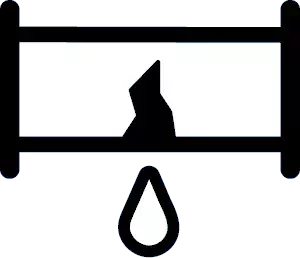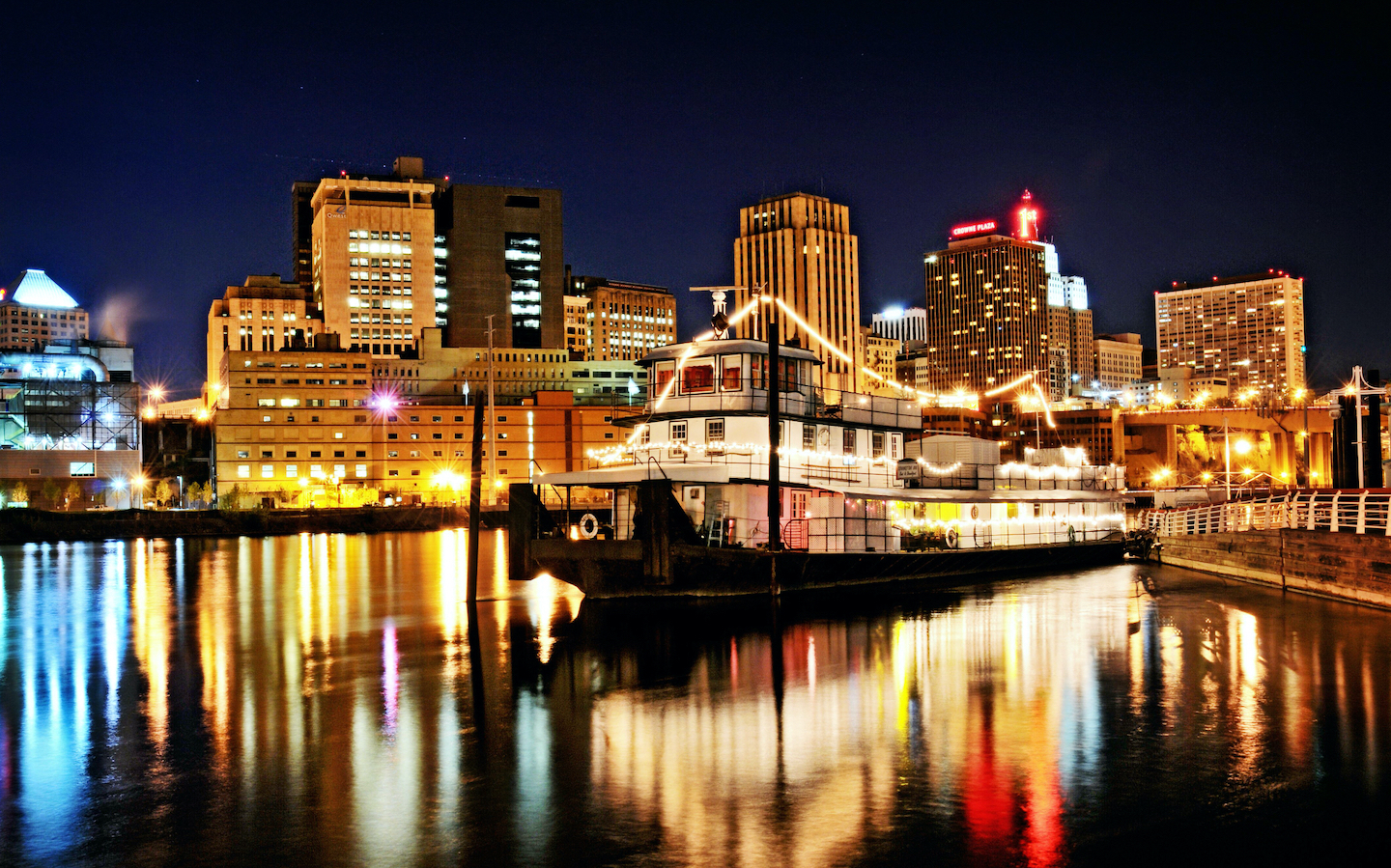Plumbing Permits
Applying
The City of Saint Paul is now using PAULIE. This new platform reimagines how we handle permits, licenses, inspections, and enforcement. You can now apply, track application status, and communicate with City staff in one centralized, secure, and mobile-friendly platform.
To get started, click the "Get Ready" button below. This will take you to our dedicated PAULIE webpage, providing important information about what to expect in the new platform.
Get Ready to Apply in PAULIE
Types of Work Requiring a Plumbing Permit from SPRWS
- The installation and replacement of underground water services from the property line to the meter and underground piping within the property after the meter.
- The installation or replacement of backflow prevention devices and plumbing work associated with meter settings.
- The installation and replacement of water piping above ground after the meter in new and existing plumbing systems when the estimated value of the total market cost of the plumbing work exceeds $600.*
*#3 Exception: In the city of Saint Paul ONLY, an SPRWS plumbing permit is not required if both of the following conditions are met:
- Work is on an existing plumbing system with existing water service.
- The contractor has obtained a plumbing permit from Saint Paul Department of Safety and Inspection for both waste and water portions of the plumbing system.
Areas Requiring Plumbing Permits
Plumbing permits from SPRWS must be obtained before plumbing work starts in the following cities:
- Falcon Heights
- Lauderdale
- Lilydale
- Maplewood
- Mendota
- Mendota Heights
- Saint Paul
- West Saint Paul
Delivery Mode and Time
Upon SPRWS' acceptance of a valid credit card payment, the permit will be emailed to the contractor using the email we have on file within 24 hours.
Refund Policy
If the work has not started, a full refund will be made upon request of the permittee for cancelation of the permit.






